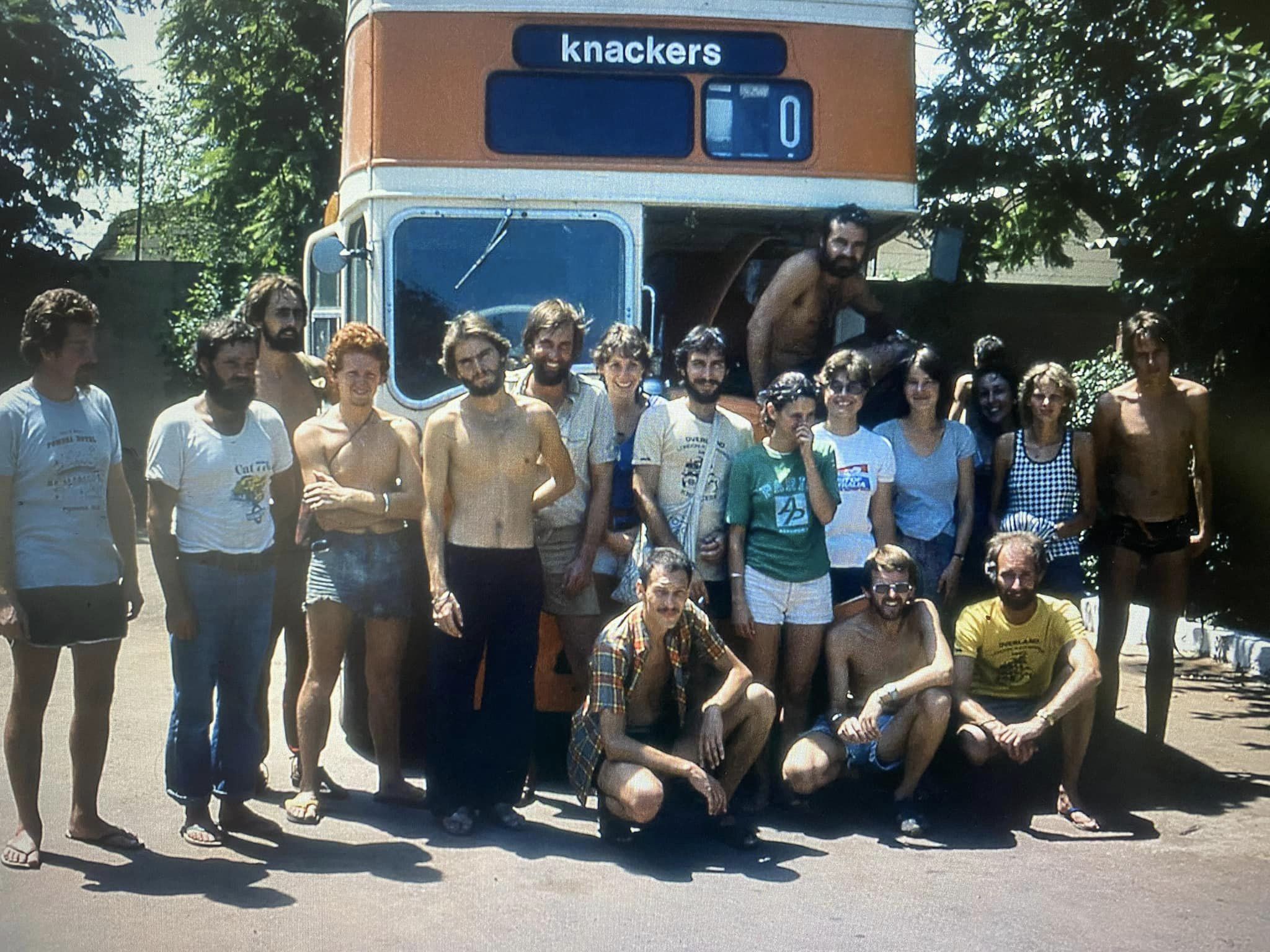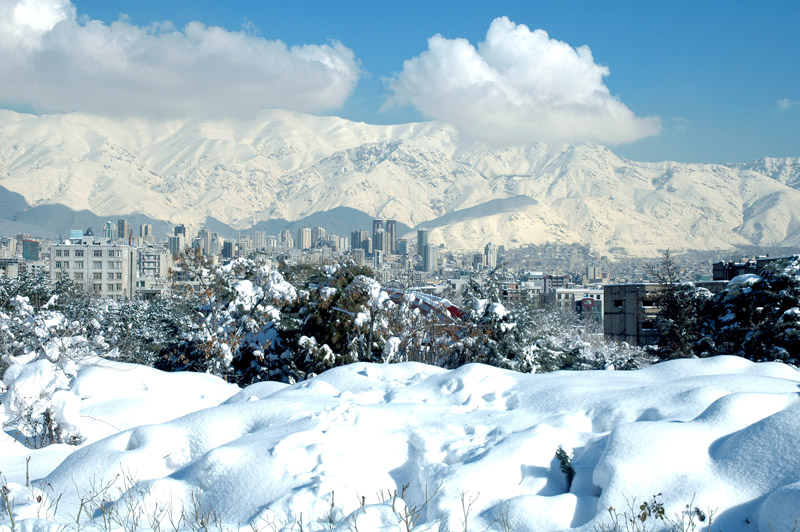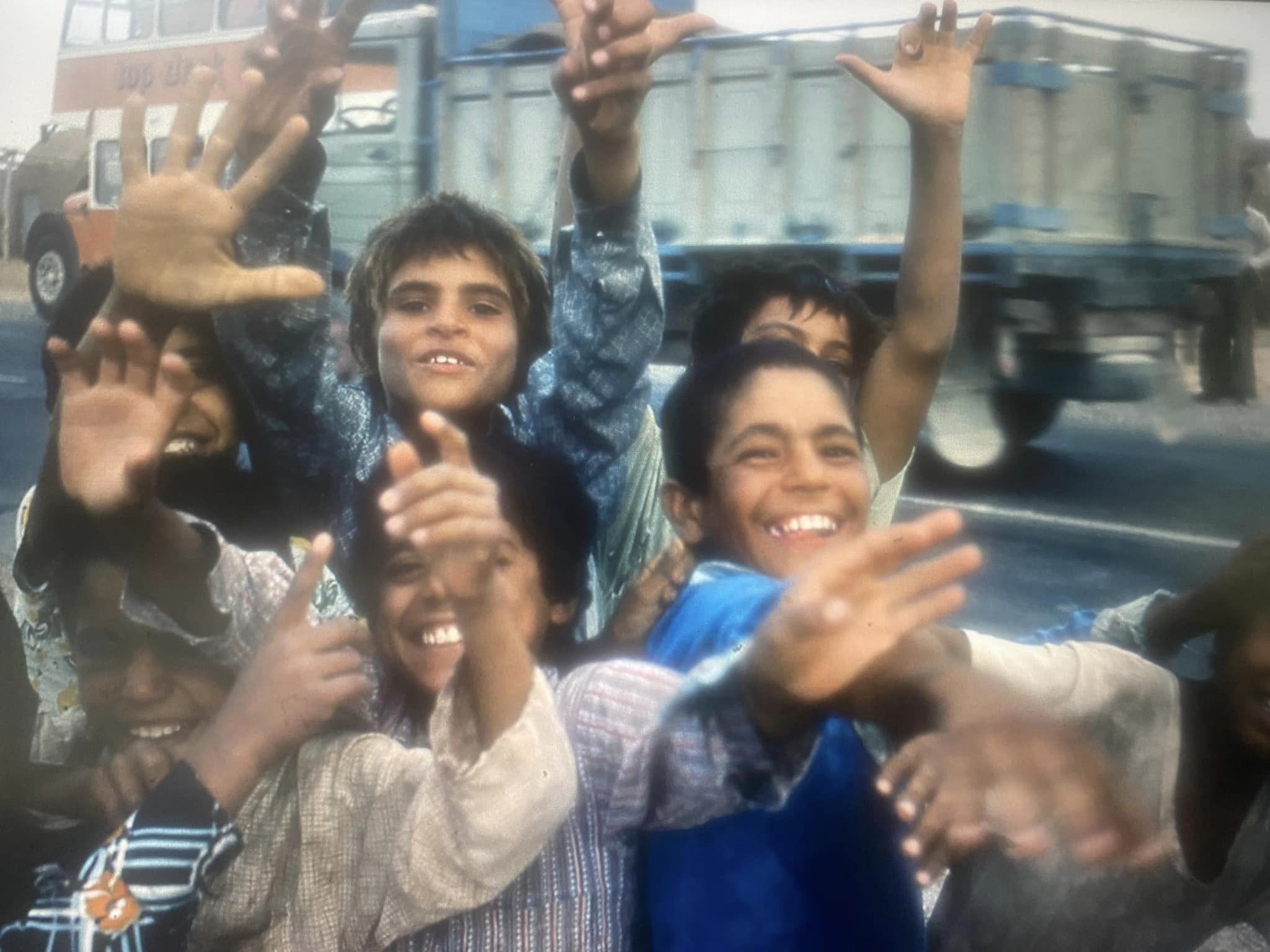
AsianOverland.net
Tour Guide - Itinerary
Asian Overland Sydney to London
Date 26/04/2024TEHRAN, IRAN
ASIANOVERLAND.NET LONDON TO SYDNEY DAY 309: TABRIZ TO TEHRAN, IRAN
The term Iran is from the ancient Middle Persian Ērān, or the Parthian term Aryān, in reference to the Iranians.
Recent population genomic studies found the genetic structure of Iranian peoples formed about 5,000 years ago and show high continuity since then, largely unaffected by migration events from outside groups. Analyzed samples of Iranian Persians, Kurds, Azeris, Lurs, Mazanderanis, Gilaks and Arabs cluster tightly together, forming a single genetic cluster known as the CIC (Central Iranian cluster).
Genetically, when Hitler spoke of a superior Aryan race, he was referring to Iranian peoples inclusive of Germans (Huns), rather than differentiating between the two (Genetic history of the Middle East).
Tehran is in the historical Media region in northwestern Iran. By the time of the Median Empire, part of present-day Tehran was a suburb of the Median city of Rhages.
In the early 18th century, Karim Khan of the Zand dynasty ordered a palace and government office built in Tehran, but moved his government to Shiraz. Eventually, Qajar king Agha Mohammad Khan chose Tehran as the capital of Iran in 1786 based on control of both northern and southern Iran. He was aware of the loyalties of the inhabitants of former capitals Isfahan and Shiraz to the Safavid and Zand dynasties respectively, and was wary of the power of the local notables in those cities. Tehran's lack of a substantial urban structure was a blessing, because it minimized the chances of resistance to his rule by the notables and the general public. He also had to remain within close reach of Azerbaijan and Iran's northern and southern Caucasian territories , at that time not yet irretrievably lost per the treaties of Golestan and Turkmenchay to the neighbouring Russian Empire ….. which would follow in the 19th century.
After 50 years of Qajar rule, Tehran still had only 80,000 inhabitants. Until the 1870s, Tehran consisted of a walled citadel, a roofed bazaar, and three main neighborhoods.
The development plan of Tehran under the supervision of Dar ol Fonun in 1878, included new city walls in the form of a perfect octagon with an area of 19 square kilometres, with Tehran expanding more than fourfold.
The 1953 Iranian coup d'état, was the U.S. and UK-instigated, Iranian army-led overthrow of the democratically elected Prime Minister Mohammad Mosaddegh in favour of the monarchical rule of the shah, Mohammad Reza Pahlavi, on 19 August 1953. Mosaddegh made the mistake of wanting to audit the documents of the Anglo-Iranian Oil Company, a British corporation (now part of BP), to verify the contracted royalties to Iran, and limit Britain's control over Iranian oil reserves
Tehran's most famous landmark, the Azadi Tower, was built by the order of the Shah in 1971, combining elements of classical Sassanian architecture with post-classical Iranian architecture. Formerly known as the Shahyad Tower, it was built to commemorate the 2,500th anniversary of the Imperial State of Iran.
A photo stop at the Azadi Tower is compulsory for all tours, but we arrived to MILLIONS of angry Iranians aggressively chanting “Death to the Americans!!” We couldn’t get anywhere near the Tower due to the multitudes out there. Panic and fear were everywhere. Very few punters even got off the bus, so we quickly reorganised ourselves and decided to continue driving south-east, to get away from the madness of Tehran. At dusk, we spotted a clear area (clear of millions of Iranians), so we decide to have a short stop to stretch our legs. We hadn’t even turned off the bus engine when we were suddenly and immediately surrounded by fanatical, panicky Revolutionary Guards with mad eyes and Uzi submachine guns aggressively pointed at us, threatening to shoot us on the spot. Panic!!!
The stress and tension level was as high as it could get, with punters on the other bus, SCROTE, demanding that they all board my bus, KNACKERS. I quickly decided there would be no bus changes for any punters, and managed to get the panicked punters back on their respective buses. There were enough submachine guns pointing at us to stop an (American) army. Our Iranian policeman and customs officer were yelling overtime with the Revolutionary Guards, pleading with them for us to be allowed to continue our drive and not taken into custody.
After what seemed like an eternity of chaos, we were finally allowed to continue our drive, so we got back on KNACKERS and drove out of Tehran, with the Iranian policeman explaining to me that we had stopped at a Tehran High School where the American hostages were being held. The tension and elevated adrenalin levels remained for the rest of the 2,000 kilometer drive to the Pakistani border.
Tehran and the 1980 American hostage crisis still sends shivers up and down my spine, as does the 2012 movie ARGO, about CIA rescue attempts in Tehran in 1980, which accurately portrays the fanatical aggression of the Revolutionary Guards, and the panic they created in people, like us, in Tehran in 1980.
© This work is copyright. Apart from any use permitted under the Copyright Act 1968, no part may be reproduced by any process, nor may any other exclusive right be exercised, without the permission of Peter Searle, peter@portseavillageresort.com; 1980-2024.
Website built by Justin O’Dea www.webdeveloperdocklands.com.au




.jpg)
